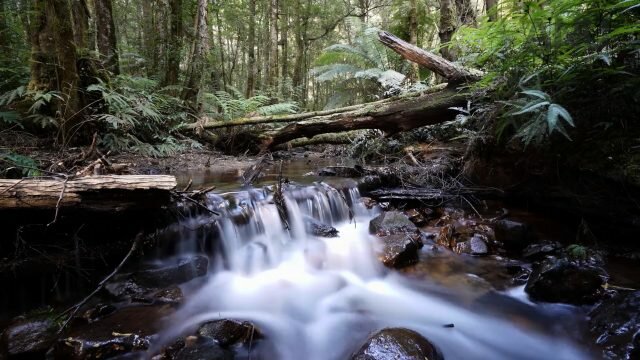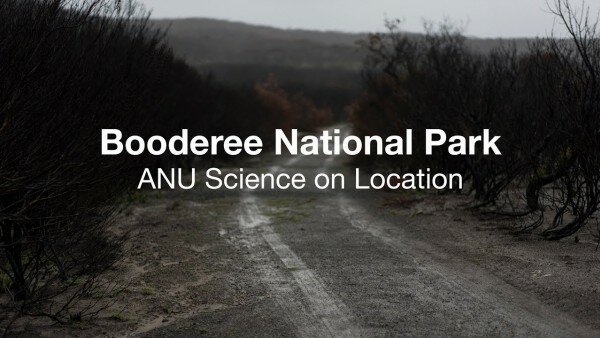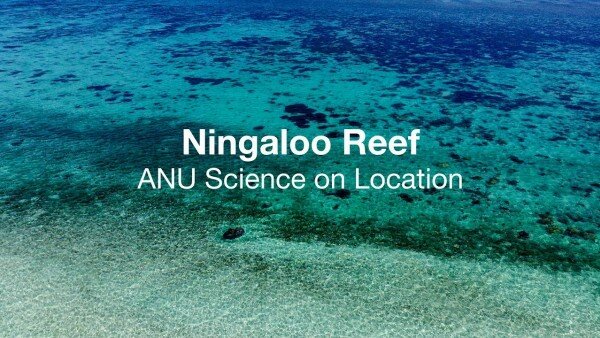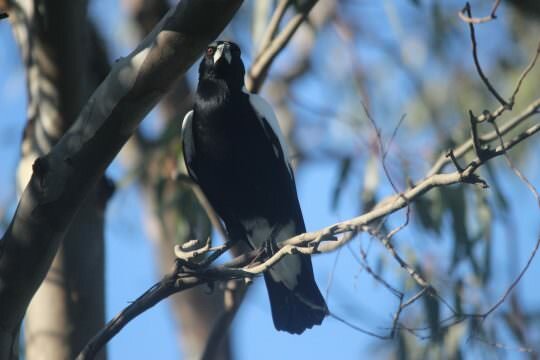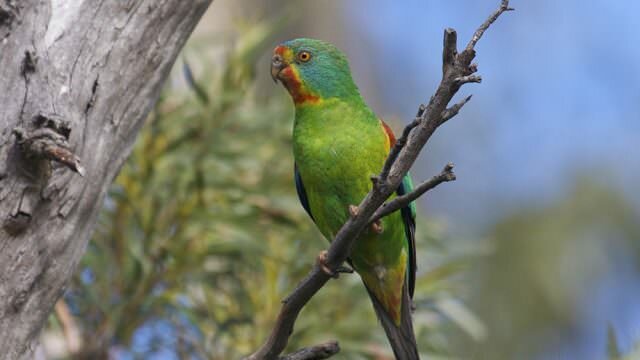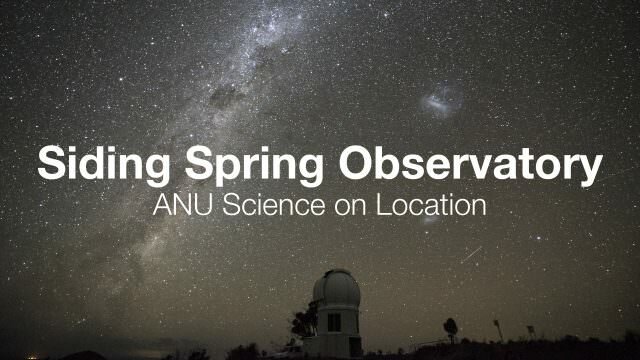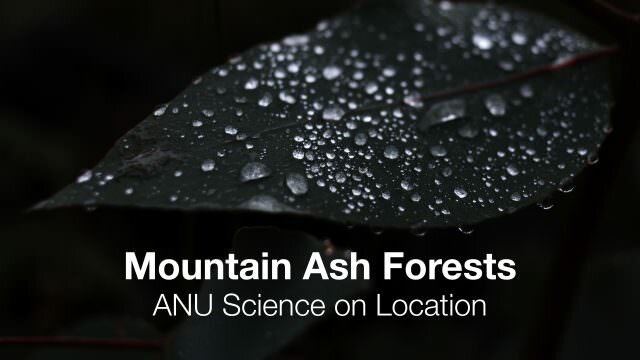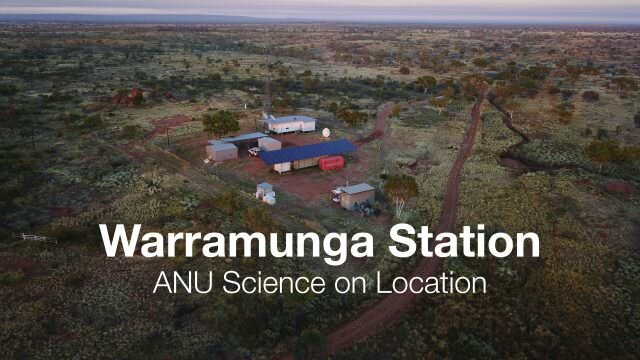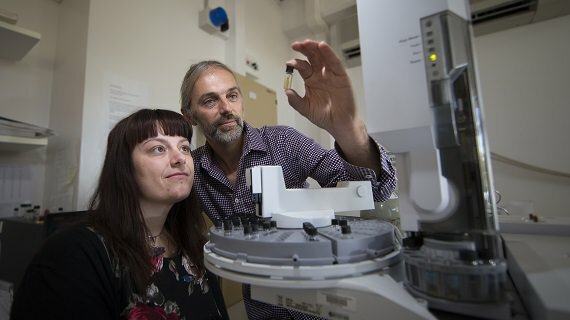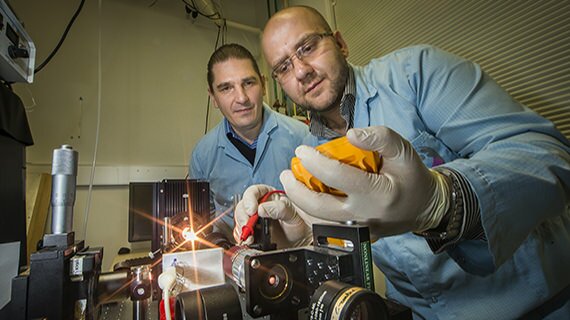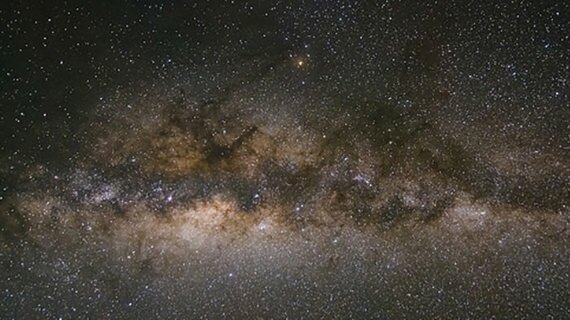Last updated April 1, 2019 at 12:21 pm
Six lakes, including some in a World Heritage Site, are contaminated with potentially dangerous levels of heavy metals.

Dove Lake in the Tasmanian Wilderness World Heritage Area.
Tasmania’s untouched wilderness might not be all it appears, with a new study finding a series of lakes badly contaminated with dangerous metals – in some cases at levels among the highest in the world.
Even more worryingly, several of the lakes studied are within the Tasmanian Wilderness World Heritage Area.
The research, led by Larissa Schneider from the Australian National University and published in Science of the Total Environment, examined the sediment of six lakes in western Tasmania. The researchers found dangerous levels of lead, copper, arsenic and cadmium, with two (Owen Tarn and Basin Lake) exceeding the highest allowable levels for sediment in Australia and New Zealand.
Owen Tarn and Basin Lake sit just outside the World Heritage Area, however the four other lakes studied – Dove Lake, Perched Lake, Lake Dobson and Lake Cygnus – are all within the protected zone.
“This is a very severe contamination and it’s very likely that the health of the local biota; bacteria, algae, fish and other organisms is being affected, but as this aspect hasn’t been studied, we have no way of knowing,” says Schneider.
“As we know, concentrations of contaminants increase as they travel up the food chain so this has implications for anyone who consumes fish from these areas”.
Levels above those known to affect fish
Schneider says that the metal levels detected in Tasmania were above concentrations shown in previous research from the US to affect fishes ability to reproduce.
“It’s even worse with Mercury and Lead which cause deformities in the offspring of affected fish. Some elements can also be carcinogenic so all this could be happening in Tasmania in an area we think is safe because of its world heritage listing,” she adds.
Dove Lake, a popular tourism destination near Cradle Mountain, showed levels of lead that could affect organisms.
When the researchers compared the results from the worst affected Tasmanian lakes with other contaminated waterways around the world, they came to the shocking realisation that the contamination was on par with some of the worst areas in the world. In particular, the lakes were similarly contaminated as to the Kurang River in Pakistan, which has extreme level of contamination due to upstream mining, and also the Shur River in Iran, which is heavily polluted by the dumping of waste.
“I was very surprised by the high concentration results. When we compared the confirmed results with worldwide sites, we found that Tasmania’s metal concentration levels were one of the highest ever reported,” says Schneider.
Modelling of heavy metal contamination in Tasmania. Credit Schneider et al
The legacy of mining
Investigating possible sources in Tasmania, modelling and sampling found the metal contaminants had travelled up to 130km down-wind from historical mining sites in Queenstown and Rosebery. The lakes closest to the towns were the most contaminated.
The largest contamination occurred around 1930 when open-cut mining commenced, with the chemical signature of the lake sediments changing from the natural geology to one reflecting the mining activities.
The researchers say the legacy of those historic policies and practices is still impacting the environment today.
“In 1973, Tasmania did very well by being one of the first Australian states to legislate an Environmental Protection Act, but the government of the day exempted the mining companies from the rules so they continued to deposit waste into the rivers,” says Schneider.
Despite the practices ceasing in 1994, the effect is still evident.
“And no one is taking responsibility for it,” Schneider concludes.


